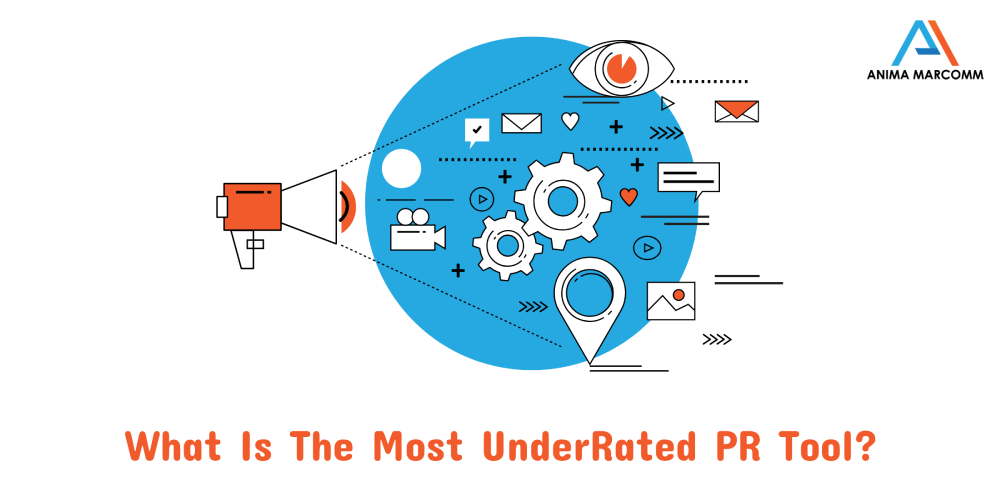In today’s fast-paced digital landscape, brands must be strategic about how they communicate with their audience. Traditional press releases and digital PR are two of the most prominent methods used to build brand credibility and generate media coverage. But in 2025, which approach delivers better results? Let’s explore the strengths and differences of both.
Understanding Press Releases
A press release is a structured, formal document used to announce newsworthy developments to the media. These releases typically follow a standardized format and are distributed through wire services or directly to journalists.
Benefits of Press Releases
- Credibility & Authority: Press releases provide an official statement directly from the company, ensuring factual accuracy.
- SEO Benefits: Many press releases are published on authoritative websites, generating backlinks that enhance search rankings.
- Controlled Messaging: Brands can communicate their news precisely without external alterations.
- Regulatory Compliance: Industries like finance and healthcare require structured press releases to meet compliance standards.
However, press releases can be limited in reach and engagement. They rely on journalists to pick up the story and may not always resonate with digital-savvy audiences. Additionally, press releases often follow a rigid structure, making them less appealing to a modern audience that prefers more engaging and interactive content. Many businesses struggle to get press releases noticed in an era where news cycles are shorter, and competition for media attention is high.
Best Practices for Writing an Effective Press Release

To maximize the impact of a press release, brands must craft them strategically. Here are some key elements to consider:
- Compelling Headline: The title should be attention-grabbing, succinct, and informative.
- Concise and Clear Writing: Avoid jargon and get straight to the point.
- Relevant Quotes: Include statements from key company representatives to add credibility.
- Multimedia Integration: Adding images, infographics, or videos can enhance engagement.
- Call to Action: Clearly define the next steps for journalists or readers.
The Rise of Digital PR
Digital PR takes a broader approach by leveraging online media, influencer collaborations, and content marketing to create a buzz. It goes beyond traditional news distribution, aiming to engage audiences directly on multiple platforms.
Advantages of Digital PR
- Increased Reach & Engagement: Digital PR campaigns are shared across websites, blogs, and social media, expanding visibility beyond traditional media outlets.
- SEO-Driven Strategies: Earning backlinks from high-authority sites improves search rankings and organic traffic.
- Storytelling & Creativity: Unlike formal press releases, digital PR allows for compelling narratives that capture audience interest.
- Real-Time Interaction: Social media and digital campaigns enable direct engagement with consumers, influencers, and journalists.
- Measurable Results: Digital PR efforts can be tracked using analytics tools, offering insights into audience reach, engagement, and conversion rates.
Unlike traditional press releases, digital PR is not confined to a single document. Instead, it involves multiple forms of content, including blog posts, influencer partnerships, social media campaigns, and brand collaborations. The flexibility of digital PR allows brands to be more creative and to tailor their messages for different audience segments.
How Digital PR is Evolving in 2025
With advancements in AI and data analytics, digital PR strategies are becoming more refined and personalized. Some emerging trends include:
- AI-Driven Personalization: Brands are leveraging AI to create customized PR content based on user preferences and behavior.
- Voice Search Optimization: With the rise of voice assistants, optimizing PR content for voice search is becoming a priority.
- Interactive Content: Quizzes, polls, and live Q&A sessions enhance engagement and brand trust.
- Micro-Influencers: Collaborating with niche influencers offers higher engagement rates compared to celebrity endorsements.
- Video-First Approach: Short-form videos and interactive storytelling are gaining traction as effective PR tools.
Which Works Better in 2025?

While press releases remain a vital tool for official announcements, digital PR is proving to be more effective in today’s dynamic media landscape. With search algorithms prioritizing high-quality content and user engagement, brands benefit more from the interactive and storytelling elements of digital PR. The ability to track real-time analytics also makes digital PR a more strategic option for businesses looking to measure ROI.
When to Use a Press Release:
- Major corporate announcements (e.g., mergers, financial results, executive appointments)
- Crisis communication where accuracy and structure are essential
- Regulatory or legal disclosures that require formal documentation
- Official statements that need to be archived for future reference
- Events that require media coverage in traditional news outlets
When to Opt for Digital PR:
- Product launches and brand campaigns requiring audience interaction
- Reputation management and brand awareness initiatives
- Thought leadership content and influencer collaborations
- Ongoing brand storytelling that keeps audiences engaged
- Community-driven campaigns that leverage user-generated content
Combining Press Releases and Digital PR for Maximum Impact

Rather than viewing press releases and digital PR as competing strategies, businesses should integrate both methods for a well-rounded PR approach. For instance, a brand launching a new product can issue a press release for traditional media coverage while simultaneously running a digital PR campaign with influencers and social media content.
Key Steps for an Integrated PR Strategy:
- Create a Core Message: Define a consistent message that aligns across both press releases and digital PR efforts.
- Leverage Multimedia Elements: Use videos, infographics, and interactive content to enhance digital engagement.
- Utilize Data Analytics: Track performance metrics from both press releases and digital PR campaigns to refine strategies.
- Engage with the Audience: Respond to comments, participate in discussions, and encourage user interaction.
- Build Relationships with Journalists and Influencers: A strong media network increases the chances of your content being picked up.
Conclusion
For brands in 2025, an integrated approach is ideal. Press releases maintain credibility and compliance, while digital PR amplifies reach and engagement. The best strategy combines both methods—leveraging the authority of press releases with the creativity and virality of digital PR to maximize impact. By understanding the strengths of each and strategically aligning them, brands can craft compelling narratives that resonate with their audience and drive tangible results.
At Anima Marcomm, we help brands craft tailored communication strategies that align with their business goals. Whether you need a well-structured press release or a dynamic digital PR campaign, our expertise ensures your message reaches the right audience effectively.
Ready to elevate your brand’s presence? Contact us today to discover the right PR strategy for your business.






